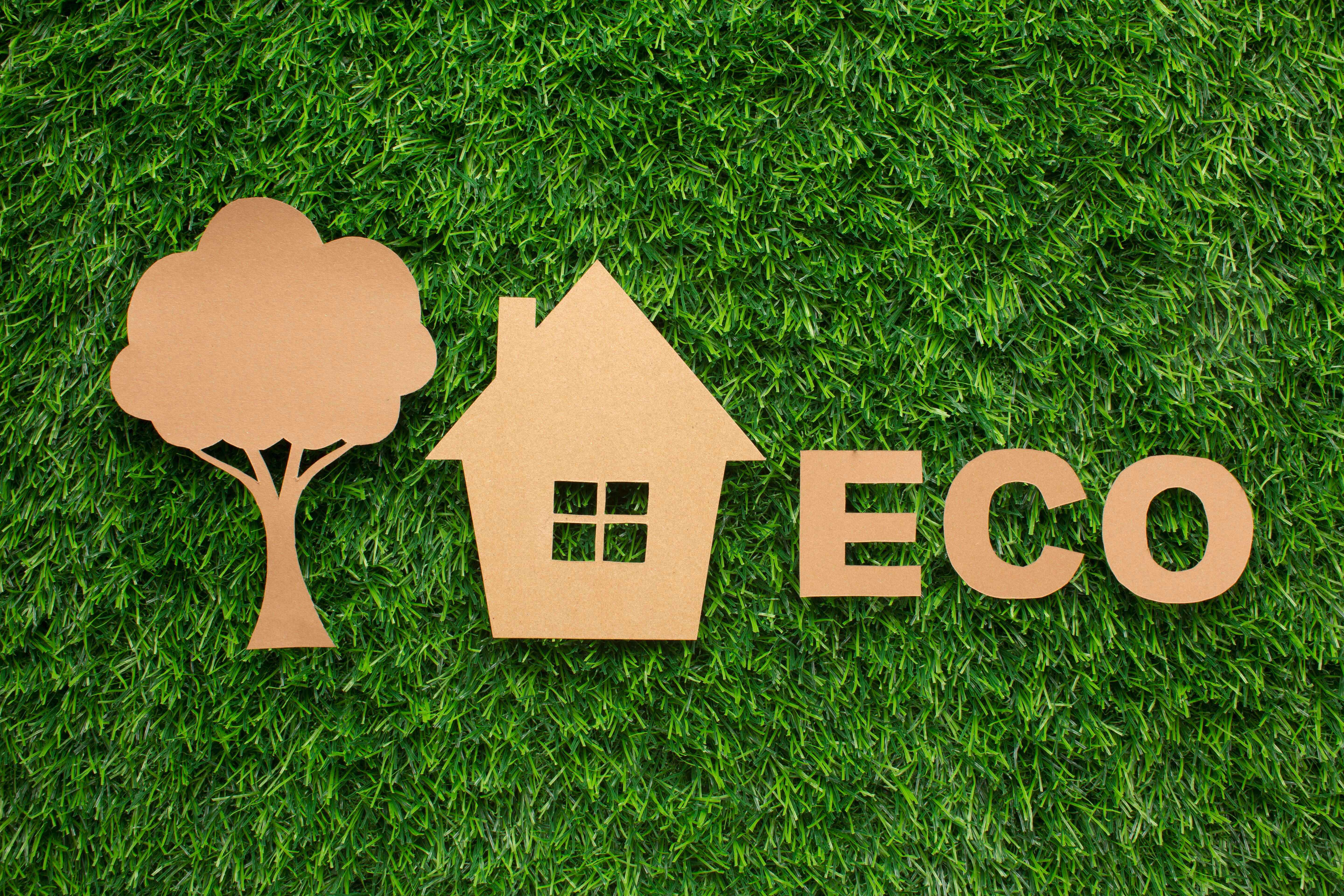Welcome to Regenerative Renovation: What Contractors Need to Know

What if your next home renovation could restore the land, revive a community, and reimagine how we build in a warming world? That vision is moving from ideal to achievable. Regenerative renovation is more than trendy finishes or lower energy bills—it’s building with purpose. Homeowners and contractors are collaborating not only to upgrade homes but to heal ecosystems and strengthen communities. Imagine turning a kitchen remodel into a project that improves family health and the local environment. This isn’t a passing green fad; it’s a shift toward building in harmony with the world around us.
What Is Regenerative Renovation?
Regenerative renovation goes beyond “sustainable.” Sustainable projects aim to reduce harm; regenerative projects aim to restore balance. They treat a home as an interconnected system where air, water, soil, biodiversity, and human well-being are linked. The goal is net-positive impact: giving back more than the project takes. That could mean a greywater system nourishing a garden, a green roof providing habitat for pollinators, or a solar array paired with battery storage that lightens grid demand and keeps lights on during outages.
Common design elements include rainwater harvesting, living walls, heat-pump HVAC, and cradle-to-cradle materials that can be reused or safely returned to nature. A project might transform a compacted, polluted yard into a native plant haven that manages stormwater and cools the microclimate. Salvaged and reclaimed materials can lock up carbon while adding character and durability. While “green” remodels often focus on efficiency, regenerative remodels widen the lens to include ecology, health, and community benefit.
Why It Matters Now
Buildings account for a large share of greenhouse gas emissions, which means the way we renovate directly affects climate outcomes. Climate-related disasters now cost the U.S. roughly $150 billion annually, making resilience essential in every region. Homeowners are also prioritizing values. Many plan to focus on energy efficiency and sustainability in 2025, and a strong majority say an eco-friendly home is important. Millennials and Gen Z especially seek authentic features—better air quality, lower energy use, and materials that are healthier for families.
Regenerative features can also boost property value and reduce operating costs over time. With the rise of embedded finance platforms, those upgrades are more affordable and accessible. Instead of chasing a separate bank loan, homeowners can apply for financing at the point of decision with their contractor. Platforms like FinMkt make funding a solar roof, rain-catchment system, or high-efficiency HVAC as simple as a quick application. The embedded finance fintech ecosystem is growing quickly, and the broader embedded finance market is scaling across categories, from retail to healthcare to home improvement, so more households can act on their values without delaying critical upgrades.
Real-World Impact in Practice
Green roofs cool buildings, reduce urban heat, capture stormwater, and provide pollinator habitat. In cities, they can run significantly cooler than conventional roofs and help mitigate peak temperatures on the hottest days. Greywater recycling systems can save tens of thousands of gallons of water per year, recharge local groundwater, and earn city or utility rebates. High-performance envelopes—air sealing, insulation, and low-U-factor windows—slash energy use while improving comfort and indoor air quality. Induction ranges cut indoor nitrogen dioxide, a major contributor to respiratory irritation. Even smaller measures, like low-VOC paints and locally sourced wood, can improve health outcomes and reduce a project’s footprint.
Contractors adopting regenerative practices—using reclaimed materials, offering solar and rainwater systems, and partnering with financing companies—often see higher close rates and fewer stalled projects. Marketing “green renovation” packages with transparent monthly payment options attracts clients who might otherwise postpone or scale back. The result is a virtuous cycle: better projects, healthier homes, and stronger businesses.
Principles That Guide Regenerative Projects
Start with place. Study the site’s microclimate, soils, sun path, prevailing winds, and native species. Design with passive strategies first—orientation, shading, daylighting, and natural ventilation—so mechanical systems can be smaller and more efficient. Use rain gardens, swales, and permeable pavers to slow, spread, and sink stormwater.
Design for people and community. Consider accessibility, multi-generational living, and shared benefit. An accessory dwelling unit can house relatives or generate income; a front-yard seating nook can increase neighbor interactions and safety. When projects improve social cohesion, neighborhoods become more resilient during shocks.
Choose enriching materials and methods. Opt for reclaimed, recycled, and low-toxic materials. Practice deconstruction instead of demolition to salvage doors, fixtures, and lumber. The construction sector generates hundreds of millions of tons of waste annually; keeping materials in circulation reduces hauling costs and emissions while supplying character and history.
Prioritize nature-positive systems. Layer in biodiversity with native plantings, bird-safe glass, and lighting that preserves dark skies. Use soil-building practices—compost, mulch, and mycorrhizae—to support ecosystems that manage water and store carbon. Seek products that are repairable and modular so parts can be upgraded over time instead of replaced wholesale.
Plan for measurement. Track energy, water, and indoor air quality before and after the renovation. Data helps verify impact, calibrate systems, and communicate results to clients, neighbors, and local officials.
How Financing Accelerates Green Renovations
The biggest barrier to regenerative work is often the upfront cost. Embedded finance integrates payment solutions directly into the renovation process, which removes friction at the critical “yes/no” moment. With an embedded flow, homeowners apply on the spot with their contractor and can access multiple lenders in minutes. Approvals, terms, and e-signatures are handled within the same experience, so projects don’t stall for weeks while a bank processes a standalone loan.
This is especially powerful for upgrades with higher upfront costs but long-term savings—solar plus storage, high-performance windows, deep insulation, and whole-home heat pumps. In the home-improvement category, embedded finance providers enable contractors to package “project + payment” proposals that make scope and budget transparent. For green renovations, these platforms can also surface preferred rates from mission-driven lenders that reward energy efficiency or water conservation.
FinMkt is a leader in this space. As an embedded finance provider, it equips contractors with a branded, point-of-sale financing experience that keeps relationships in-house while still giving customers access to a marketplace of lenders. The platform supports pre-qualification, soft credit checks, and fast decisions, which means fewer abandoned estimates and more signed contracts. For homeowners, it means getting started now on upgrades that improve comfort, cut bills, and increase resilience instead of waiting for “someday.”
The Landscape: Platforms, Providers, and Startups
The embedded finance market has matured quickly across retail, travel, and healthcare, and home improvement is catching up. Embedded finance platforms bring lending into the contractor workflow—estimating, proposal, and closeout—rather than sending customers to a separate financial institution. Embedded finance providers, like FinMkt, deliver the rails, compliance, and lender connections that make this work behind the scenes. And a wave of embedded finance startups continues to expand options for specialized underwriting, tailored offers, and faster approvals.
For contractors, the practical benefits are clear:
- Faster decisions and fewer dropped projects. When financing is available at the moment of intent, customers move forward.
- Bigger average tickets. Spreading payments over time lets homeowners choose the energy-efficient window or add the rainwater system they really want.
- Stickier customer relationships. A branded financing experience builds trust and keeps communication under the contractor’s umbrella.
- Better cash flow. Faster approvals translate to quicker project starts and more predictable scheduling.
For homeowners, the value shows up in flexibility and speed: the ability to choose the right project scope today, lock in favorable terms, and immediately start enjoying lower bills and healthier living spaces.
A Practical Path to Regenerative Renovation
If you’re a homeowner, start with an audit mindset. Get a home energy assessment to identify the biggest opportunities: air sealing, insulation, duct leakage, window performance, and appliance efficiency. Ask your contractor to price a “good/better/best” path so you can compare payback and long-term comfort. Consider pairing an electrical panel upgrade with a heat-pump water heater and induction range, which often unlocks future electrification. Look for opportunities to add resilience—battery storage, backup circuits, or shading that lowers indoor temperatures during heat waves.
If you’re a contractor, standardize a few regenerative packages by climate zone: a “cool roof + insulation + heat pump” bundle for hot regions, or a “triple-pane windows + air sealing + HRV” package for cold climates. Include a base level of nature-positive work in every scope—native plantings, soil amendments, and stormwater management—then scale up based on budget. Train your team on low-tox materials, deconstruction techniques, and waste sorting, and line up local reuse partners for salvaged goods. Capture before-and-after metrics so clients can see results in black and white.
On both sides, make financing part of the first conversation. Clients shouldn’t have to ask if there’s a payment plan—show the monthly option next to the total cost from day one. This is where embedded finance platforms shine: they present transparent terms alongside scope, which makes the decision concrete and frictionless. Whether you’re a small remodeler or a multi-crew firm, partnering with an embedded finance provider puts you on par with big-box experiences while preserving your brand and customer relationship.
Overcoming Common Myths
Myth: “Green features don’t pencil.”
Reality: Many do, especially when you count avoided maintenance, energy savings, and higher resale value. Financing spreads costs over the useful life of the upgrade, so savings often offset a portion of the payment.
Myth: “Regenerative means expensive landscaping.”
Reality: It’s a systems approach. Passive solar design, air sealing, insulation, and heat pumps often deliver the largest returns and comfort gains. Native landscaping then multiplies benefits by managing water and boosting biodiversity.
Myth: “Financing is for people who can’t pay cash.”
Reality: Financing is a planning tool. Even cash-ready clients prefer to preserve liquidity and take advantage of special terms while moving forward today on improvements that protect their home and health.
What Success Looks Like
Picture a typical suburban home reworked through a regenerative lens. A contractor begins by sealing and insulating the attic and crawl space, then installs an all-electric heat pump paired with a smart thermostat. Triple-pane windows reduce winter drafts and summer heat gain. A 7-kilowatt solar array with battery storage trims peak demand and provides backup power. Inside, the gas range is replaced with induction, cutting indoor nitrogen dioxide and improving respiratory health. Outside, downspouts feed a cistern that supplies a drip-irrigated native garden. Permeable pavers reduce runoff and cool the driveway. A small shed is deconstructed, not demolished; salvaged lumber becomes built-ins in the family room.
The payoff? Lower utility costs, steadier indoor temperatures, cleaner air, a cooler yard, and a home that’s ready for heat waves or outages. And because financing was embedded in the proposal, the project started on time and finished without budget friction.
A Market Moment for Builders and Brands
For remodelers and manufacturers, this is a growth opportunity. The embedded finance market is expanding, and demand for high-performance products is rising. Contractors who integrate financing, sustainability expertise, and a polished customer experience will win out over those who offer “price only” bids. Manufacturers can support the shift with verified performance data, take-back programs, and contractor training that make adoption easy.
Expect embedded finance startups to keep pushing innovation—better underwriting for green features, pre-approved offers tied to energy audits, and integrations that turn proposals into approved projects with a few clicks. As regulations and incentives evolve, the builders who partner closely with embedded finance providers will be best positioned to steer customers toward the smartest investments.
Build With Purpose
Every renovation can restore more than it consumes. Homeowners, prioritize sustainability in your projects and ask about financing early. Contractors, educate clients, lead with nature-positive scope, and offer accessible payment options through trusted partners. Platforms like FinMkt align values with affordability, making regenerative renovation attainable for more households.
The next time you remodel, envision the legacy your project will leave: cleaner air, healthier ecosystems, and stronger communities. With smart design and innovative financing—from a maturing ecosystem of embedded finance platforms and providers—we can build homes that heal, one project at a time.
















